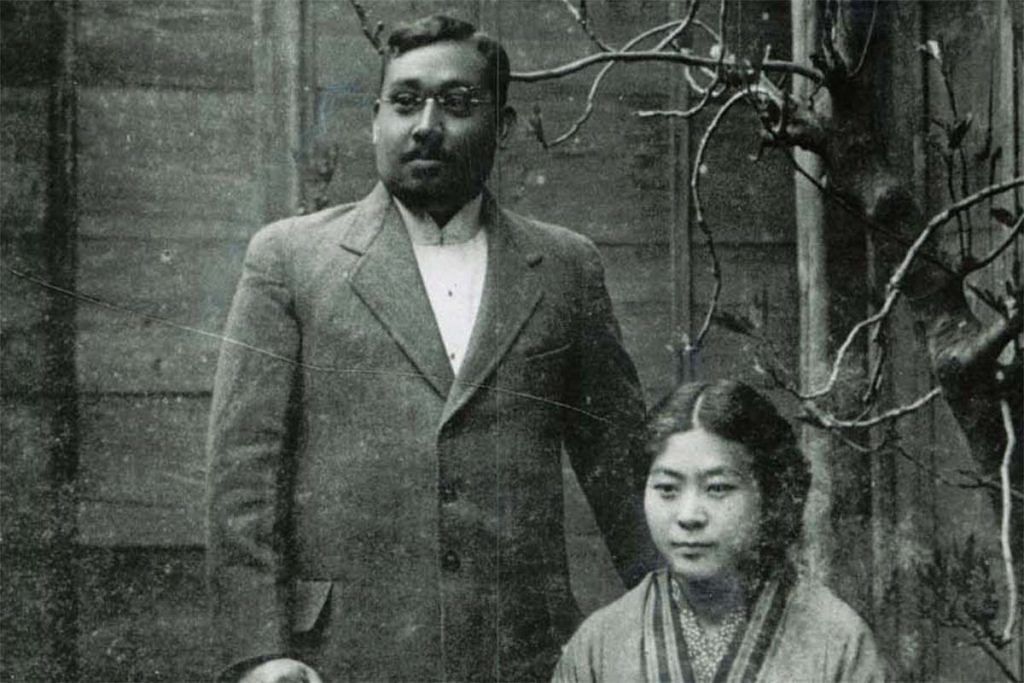Rash Behari Bose, an Indian revolutionary who escaped to Japan in 1915, gave Tokyo Nakamuraya’s Indian curry, which reports 6 billion servings annually even today
New Delhi: Netaji isn’t the only Bose from history with a Japan connection. Rash Behari Bose, whose 132nd birth anniversary was observed Friday, was a revolutionary who gave Tokyo one of its popular dishes while in hiding there — an ‘Indian curry’ — and remains a household name in the Japanese capital.
Born in Chandannagar, West Bengal, in 1886, Bose wanted to join the Army but was rejected by the British. He subsequently joined government service as a clerk before embarking on a journey as a freedom fighter. Credited as one of the brains behind the Ghadar mutiny, Bose had a prolific life that Indian history has largely left out of its narrative.
The mastermind behind the ‘Delhi conspiracy’
On the crisp morning of 23 December 1912, Delhi was decked up to welcome the then Viceroy Lord Hardinge on the occasion of the capital’s transfer from Calcutta to Delhi. At a building in Chandni Chowk, a petite woman could be seen waiting with the crowd to see the Viceroy, and then a bomb exploded.
Basant Biswas, a young boy of 16 years, had dressed up as a woman and thrown a crude bomb at the elephant carrying the Viceroy. Hardinge escaped with injuries. Rash Behari was the mastermind behind the attack and helped make the bomb. After the blast, Bose went back to his government job at the Forest Research Institute and even organised an honorary reception for Hardinge a few months later.
But when fingers began to be pointed at Bose and murmurs emerged about his role as a militant revolutionary, a three-year cat-and-mouse chase through north India ensued. Some suggest that in the days after a reward of Rs 1 lakh was placed on Bose’s capture by police, he travelled in a train and sat right opposite the chief police commissioner undetected.
In 1915, after the failed Ghadar mutiny, Bose left for Japan.
Indian curry and the Azad Hind Fauj
After his escape, the British wanted Japan to extradite him, but subsequent hostilities between the two countries gave Bose a safe haven. The wealthy Soma family hid him in the basement of their Nakamuraya bakery, where he worked with the chefs to create an Indian curry that is still all the rage in Japan with six billion servings annually. Bose went on to marry Soma’s daughter and have two children with her.
It was in Japan that the seeds of the INA were sown and nurtured. In 1942, Bose established the ‘Indian Independence League’ — an army that would fight for India’s freedom from British rule. He subsequently handed over the reins to Subhas Chandra Bose, who developed it as the Indian National Army or the Azad Hind Fauj.
“Gandhi is a person whom I respect but he is an Indian saint and ‘a person of yesterday’ whereas Subhas Chandra Bose is the ‘person of today’,” he once said.
Bose, who was eventually granted Japanese citizenship, passed away in 1945 at the age of 58.
Sometime during the last few days of his life, while in hospital, the doctor asked Bose about his appetite. The latter replied that what he wanted the most was ‘Nakamuraya’s Indian curry’.
